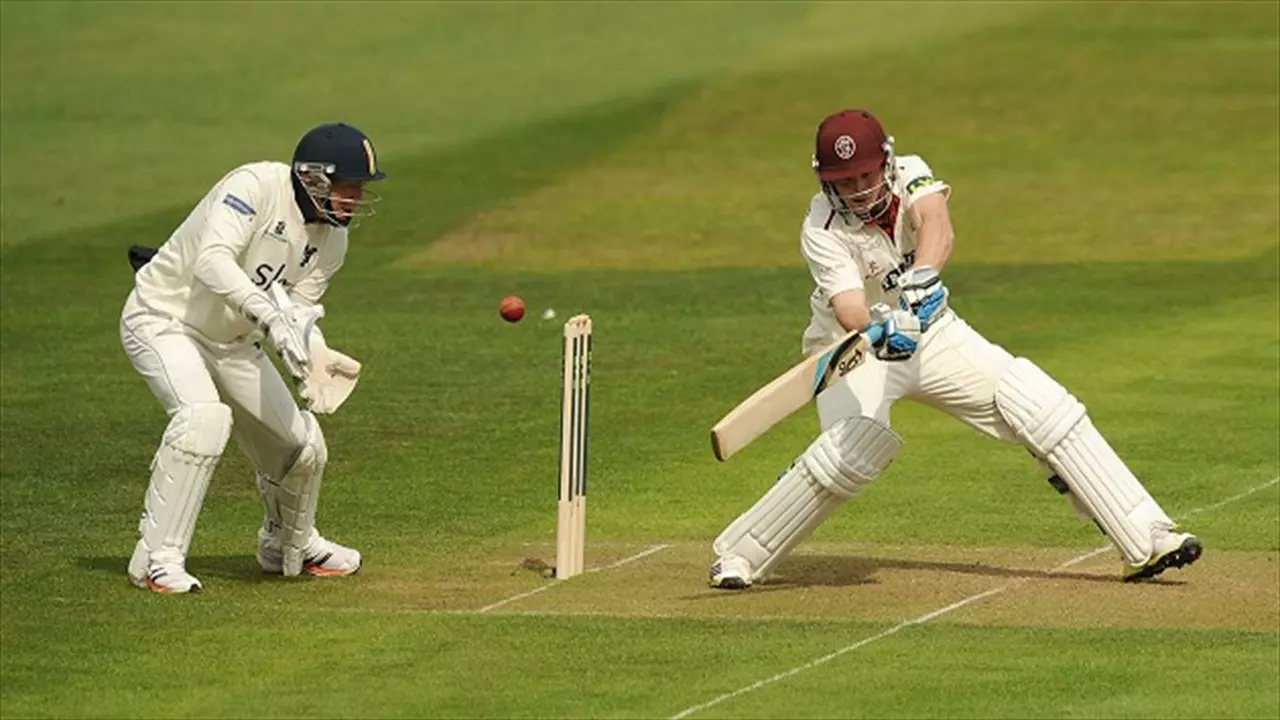Historical Naming Sequence in Sports
When talking about Historical Naming Sequence, the chronological order in which names are assigned to sports teams, leagues, and events. Also known as Naming Evolution, it helps us see how culture, politics, and marketing shape the game we love.
Understanding Cricket team names, official titles and nicknames used by cricket squads over the years is the first step. From the "Mighty Ducks" of county cricket to the modern "Super Kings" of T20 leagues, each change tells a story about sponsorship, regional pride, or a shift in playing style.
Next, look at Sports league names, the brand identities that leagues adopt to attract fans and broadcasters. The Indian Super League, the Canadian GT20, and the USA's emerging cricket circuits all rebranded to sound bigger, faster, and more global. This rebranding often follows a historical naming sequence that mirrors media trends and commercial opportunities.
Then there are Team nicknames, short, catchy monikers that fans chant and marketers use on merchandise. The South African side, for example, is called the Proteas because the flower symbolizes unity after 1992. Such nicknames become cultural symbols, influencing everything from jersey design to social media hashtags.
Why the Sequence Matters
The historical naming sequence isn’t just about words; it’s a lens to watch the sport grow. When a league adds "Premier" or "Championship" to its title, it signals ambition and a push for higher standards. When a team drops a corporate sponsor from its name, it often reflects a desire to reconnect with local heritage. These shifts affect fan loyalty, sponsorship deals, and even player recruitment.
Consider the rise of franchise cricket. The IPL’s "Mumbai Indians" started as a city‑based brand, but over time the name became synonymous with a winning culture, influencing young players to emulate that success. Similarly, the Canadian GT20’s brief experiment with "Maple Leafs" tried to tap into national identity, showing how naming can be a strategic tool.
Another key pattern is the adoption of gender‑inclusive naming. Women’s leagues now often share the main league’s name with a "Women’s" prefix, showing progress in equality. This change is part of a broader historical naming sequence that tracks societal values.
Fans also play a role. When supporters adopt an unofficial nickname—like calling England’s limited‑overs side the "Three Lions"—the name can become official over time. This bottom‑up influence demonstrates how naming is a two‑way street between organizations and their audience.
Finally, naming impacts how history is recorded. Archives, statistics databases, and even AI models rely on consistent naming conventions. Understanding the sequence helps researchers link old match reports to current teams, ensuring the sport’s legacy stays coherent.
Below you’ll find a curated collection of posts that dive deeper into specific cases—whether it’s the story behind the Proteas, the branding journey of the ISL, or the technical quirks of cricket scoring. Each article adds a piece to the puzzle, showing how names evolve, why they matter, and what they reveal about the game’s future.
